10 Helpful Tips to Improve Circulation in Your Feet, Legs, & Toes
A healthy circulatory system ensures good functioning of our organs and helps us feel energized, nimble, and happy. Unfortunately, because we spend too long sitting at our desks or standing up at work, our feet, legs, and toes often suffer from bad circulation. From nurses and teachers to regular office workers, gravity and the lack of movement combine to increase the risk of blood pooling at the extremities, causing pain, discomfort, or even serious medical issues.
Some medical issues that poor circulation causes are plaque buildup, blood clots, chronic venous insufficiency, peripheral artery disease, and varicose veins.
Luckily, there are ways to manage your peripheral circulation and improve blood flow to the extremities. From wearing compression socks on long flights or when standing for long periods to looking after your diet and hydration or managing your stress levels, we’ve listed the top 10 best strategies below.
How to Improve Circulation in Your Feet, Legs, and Toes
Poor blood flow in the lower legs can be caused by lack of movement, reactions to temperature changes or to stress, or even by lifestyle choices like smoking or a poor diet (more on that below). These tips cover all these scenarios and more.
-
Wear Compression Socks
Through the gentle pressure they apply on the lower legs, compression socks work to prevent blood or fluid from pooling around the ankles and causing swelling, pain, and discomfort. Studies show that these garments are very effective at fighting the negative effects of blood pooling when you sit for long periods of time. Moreover, sitting for too long can increase the risk of developing blood clots, varicose veins, and deep vein thrombosis - compression socks are a great preventative measure to help avoid these.
You can find our collection of comfortable and stylish compression socks here!
Specific types of socks will be even more helpful in improving your wellbeing if you suffer from poor peripheral circulation. For example, knee-high socks made of merino wool are excellent at regulating temperature, boosting blood flow, and also keeping your feet warm and dry.
Compression socks have been recommended by doctors to patients whose mobility is reduced because they are recovering from surgery or illness. If you’re bed-ridden or cannot walk around to stretch your legs and get blood flowing throughout the body, compression socks and stockings help push blood back up towards the heart, improve circulation, and decrease your risk of developing deep vein thrombosis.
-
Exercise Regularly
Movement is key to keeping your cardiovascular system in good shape. You can keep moving your legs and feet even when you must sit for a long time (e.g., on a plane or under your desk at work), to stimulate some more blood flow into your extremities. The same is true for when you’re lying down (e.g., bed-ridden).
Here are some quick movements you can do to improve circulation in your feet, legs, and toes:
- Rotate the ankles clockwise and counterclockwise 10-12 times;
- While lying down, point the toes and then flex them back towards you; when sitting, go on tip toes and back down 10-12 times;
- When you’re lying down, move one knee up towards your chest and back down, repeating 10-12 times and then switching to the other leg;
- Get your toes moving by lifting them up and down, then wriggling them starting with the big toe, then switch and start with the smallest toe; repeat several times on each side.
In terms of regular exercise for better blood flow, you don’t need to do anything too extreme. Harvard reports that leg stretching alone can significantly improve circulation. You can also do a yoga class for low-impact exercise that challenges your flexibility and balance, which pumps blood throughout the body. Finally, brisk walks are ideal for improving circulation in your legs, feet, and toes (try for every day, and even 10 minutes can be enough). Remember, even a little movement can have great benefits!
-
Massage Your Legs and Feet
Giving yourself a leg and foot massage can yield a double benefit for those struggling with peripheral circulation: you’re stimulating blood flow into the area, while also soothing possibly sore or tense muscles and joints.
-
Elevate Your Legs
A traditional method for boosting blood flow and getting blood that pooled around the ankles to travel back to the heart is leg elevation. You can also sleep with a pillow under your feet. Wedge-shaped pillows are better because the shape helps the pillow stay in contact with more of your leg. This helps the pillow fully elevate your legs above the heart, which is best for improving circulation and avoiding swelling.
-
Maintain a Healthy Diet
People who eat a healthy diet have a better chance of healthy blood flow. There are certain foods which help support good circulation, including garlic and onions and fish that contain omega-3 fatty acids. Additionally, you should avoid a diet heavy in salt. The American Heart Association warns that a high salt diet increases the amount of water being pulled into your veins, which increases your blood pressure. The resulting increase in blood pressure creates plaque, which blocks blood flow and further increases your blood pressure.
-
Stay Hydrated
Healthy levels of hydration help keep your circulatory system healthy. This reduces the risk of poor peripheral circulation and feeling like your feet and toes are going numb or cold.
If you don’t drink enough water, you could enter a body state called hypohydration. One study found that if you don’t drink enough water, you have a high risk of developing circulatory problems.
The Mayo Clinic advises that men drink around 3.7 liters of fluid daily, while women drink 2.7 liters. Keep in mind that about 20% of your recommended fluids comes from food. Bonus hydration tip! You can also drink tea with antioxidants (such as black or green tea) to also stimulate your blood flow.
-
Avoid Prolonged Sitting or Standing
Sitting for long periods of time without standing breaks can cause blood to pool in the lower legs, especially if you already have sub-par peripheral circulation. This will make your ankles and feet swell and even become painful. This is why it’s advisable to get up from your work desk and stretch your legs regularly, even if you just go for a short walk.
Recent studies have also looked at the solution of standing desks, used for varying your position at work. One study uncovered that standing for extended periods of time can actually increase blood pooling in the lower limbs, sometimes even more than seated work. Although, blood flow also increased. We also know that standing for a long time adds pressure to the leg veins, with professions such as nurses having a high incidence of people suffering from swollen legs and inflammation. The key is to vary your position often - alternate sitting and standing when you can, move around and take short walks, stretch, and wear compression socks to help boost peripheral blood flow and prevent blood pooling.
-
Manage Stress
High stress levels that raise your blood pressure can lead to damage to your blood vessels over time, as the walls of your veins are frequently stretched causing them to become more fragile. This could lead to conditions such as varicose veins or deep vein thrombosis. Moreover, if you feel a lot of pressure in your everyday life, you will be more tense, likely creating knots and possibly cramps that make your legs feel painful and can have negative effects on circulation.
The Center for Disease Control (CDC) found several easy ways to help you manage your stress:
- Avoid excessive alcohol, tobacco, or substance use
- Make time in your day to unwind and do activities that you enjoy
- Take deep breaths – this can help you relax your muscles and make you feel less tense
-
Quit Smoking
Smoking can cause major damage to your blood vessels, apart from the other negative health impacts it may have. The CDC reports that smoking is one of the leading causes of cardiovascular disease. It can cause atherosclerosis or even peripheral artery disease - all leading to poor peripheral circulation.
Within one year, quitting smoking can dramatically reduce your risk of developing cardiovascular disease.
-
Try Warm Water Foot Baths
Warm baths are often believed to help improve blood flow, but they also present the risk of quick blood pressure changes, which can be a health hazard. A 2022 study found that foot baths were less risky (compared to half-body immersion) and more appropriate for improving blood flow than using full- or half-body baths.
What Causes Poor Blood Circulation in the Legs and Feet?
Very often, poor blood circulation is caused by diet and lifestyle - many people dealing with obesity or diabetes report problems with circulation in their legs, feet and toes. Moreover, those with some medical conditions like peripheral artery disease or DVT often end up having poor peripheral circulation.
However, those are not the only causes. Sometimes, you can get “pins and needles” in your feet and toes from sitting or standing up for too long, while the blood pools down in the lower legs instead of traveling back up to the heart. This can happen to perfectly healthy people.
When to See Your Doctor
If you don’t experience poor blood flow in the lower legs often and it’s usually linked to scenarios such as a long flight or working long hours at your desk, you can probably manage this on your own by wearing compression socks and adding more movement and stretching in your day.
Find compression socks that suit your lifestyle here!
However, if your symptoms persist and you often have swollen or sore feet, pins and needles, numb feet, or start to notice changes in your skin tone on the lower legs, you should consult with your doctor. They will be able to figure out if you have any underlying health conditions and help you manage them in the best way possible.
References
Horiuchi, M., & Stoner, L. (2021). Effects of compression stockings on lower-limb venous and arterial system responses to prolonged sitting: A randomized cross-over trial. Vascular medicine (London, England), 26(4), 386–393. Read it here.
Phillips, S. M., Gallagher, M., & Buchan, H. (2008). Use graduated compression stockings postoperatively to prevent deep vein thrombosis. BMJ (Clinical research ed.), 336(7650), 943–944. Read it here.
American Heart Association. (2014). Get the Scoop on Sodium and Salt. www.heart.org. Read it here.
Mayo Clinic. (2020, October 14). Water: How much should you drink every day? Mayo Clinic. Read it here.
Centers for Disease Control and Prevention. (2021, November 30). Tips for coping with stress. www.cdc.gov; CDC. Read it here.
Takahashi, Y., Okura, K., Kaga, M., & Yoshioka, M. (2022). Effects of half-body and foot baths on peripheral circulation in healthy adult males: a pilot study. Journal of physical therapy science, 34(10), 652–656. Read it here.








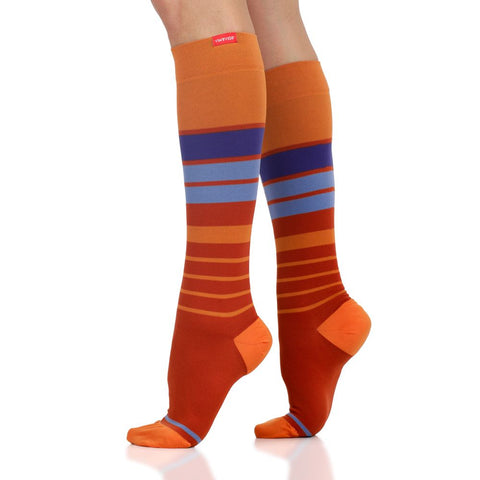

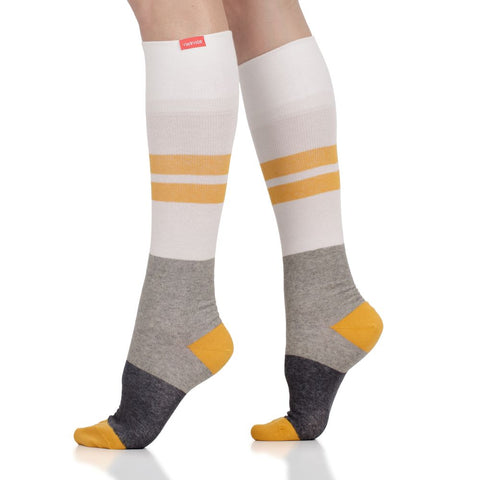

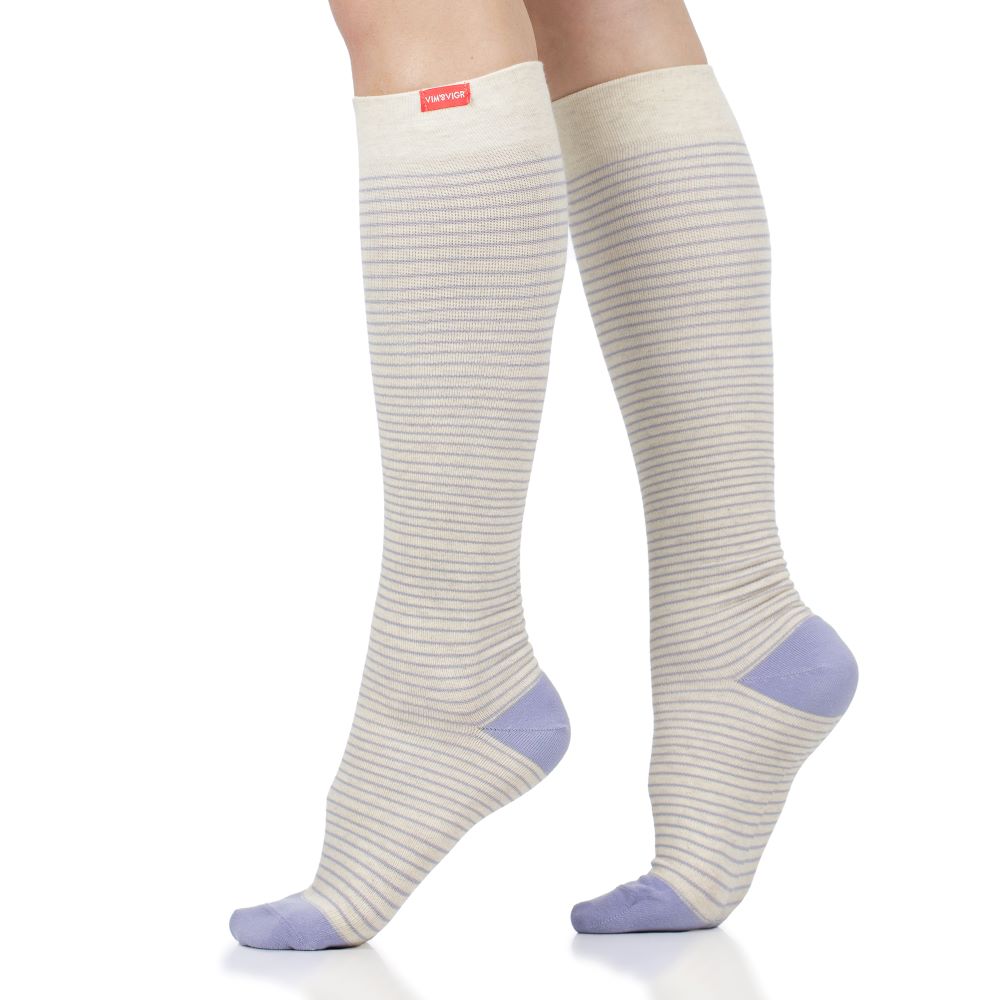
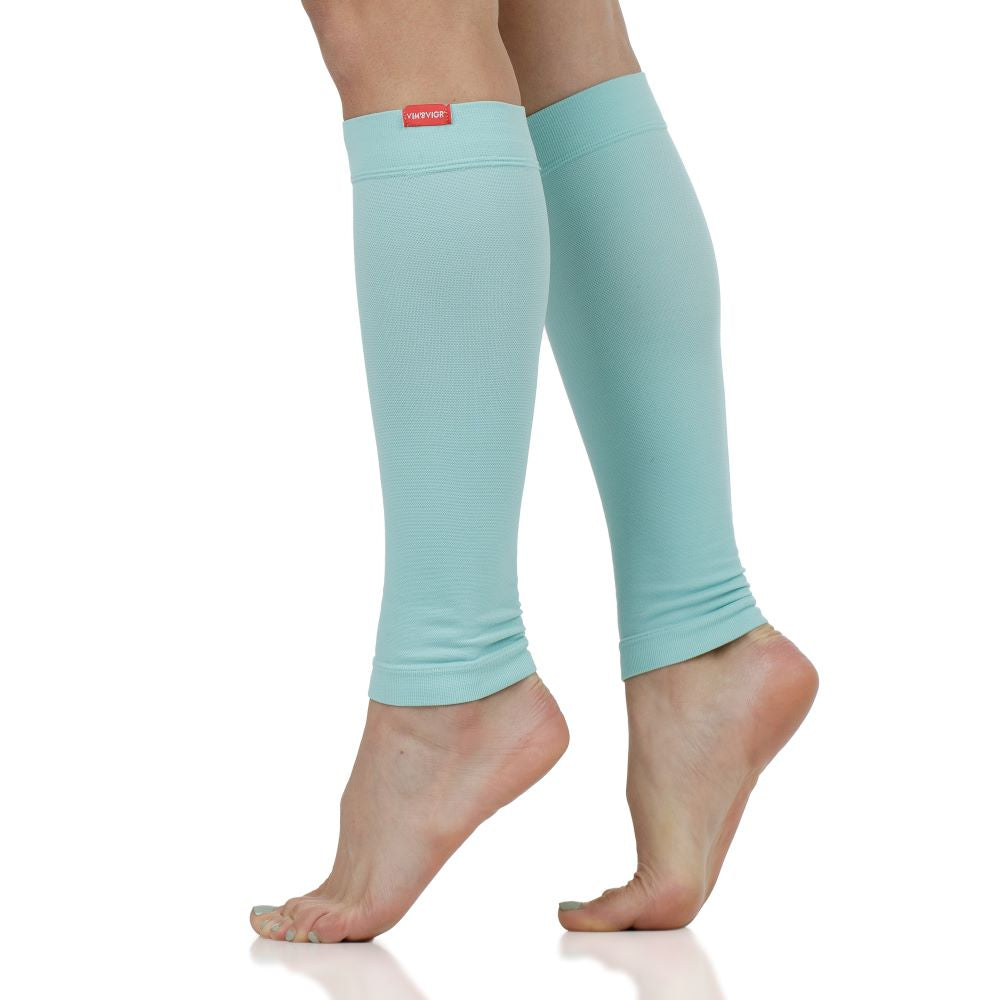
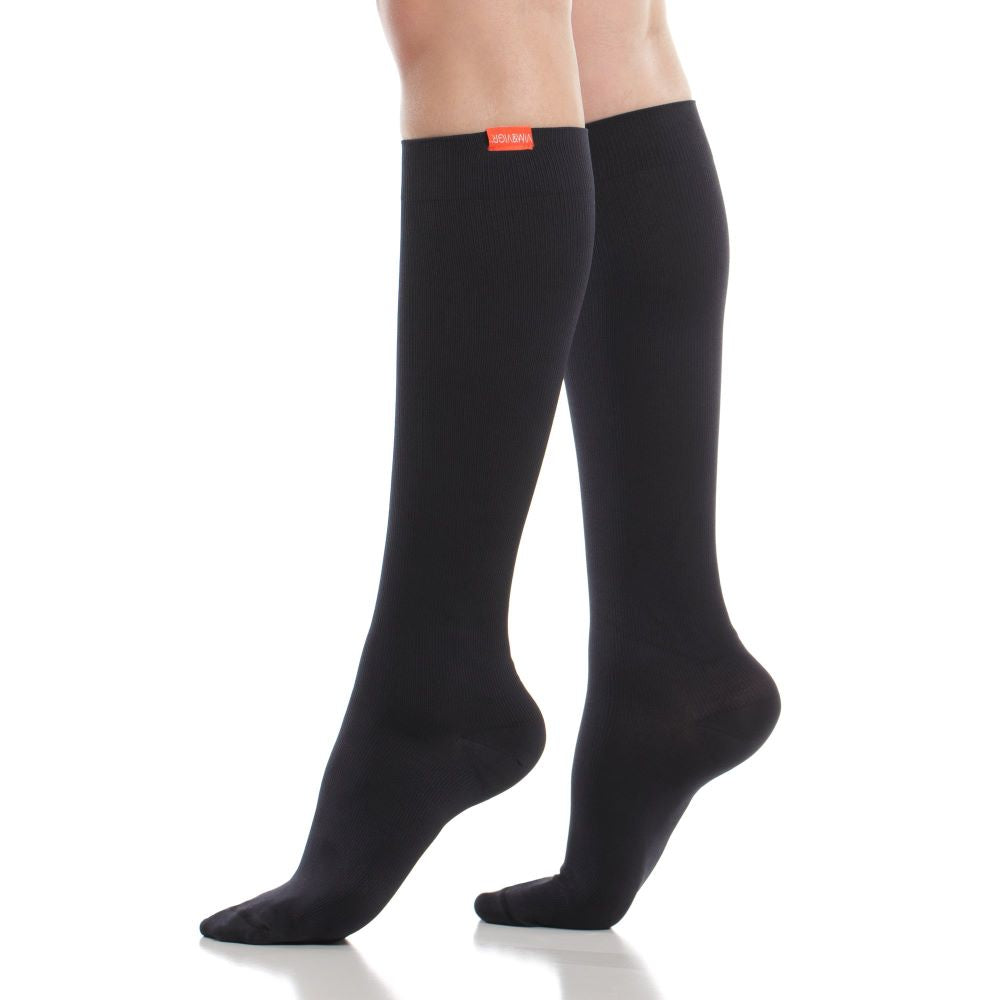
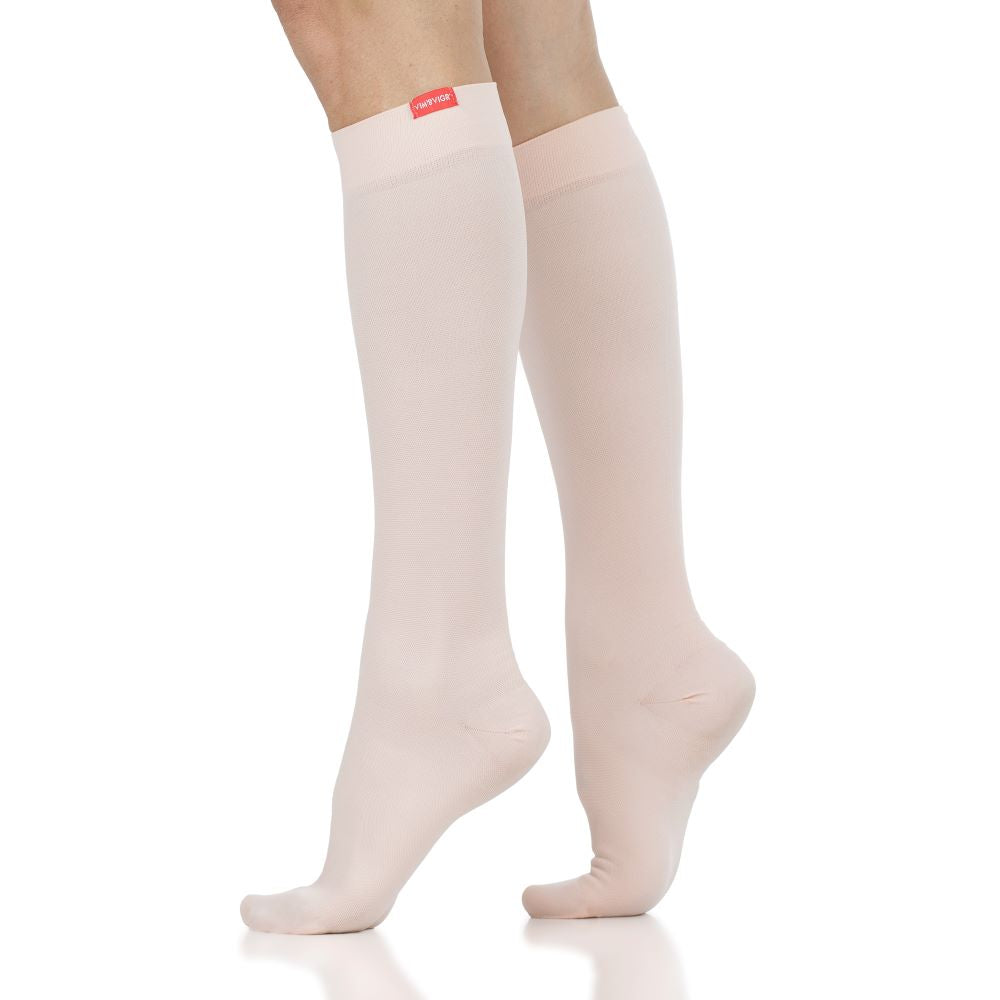






Leave a comment